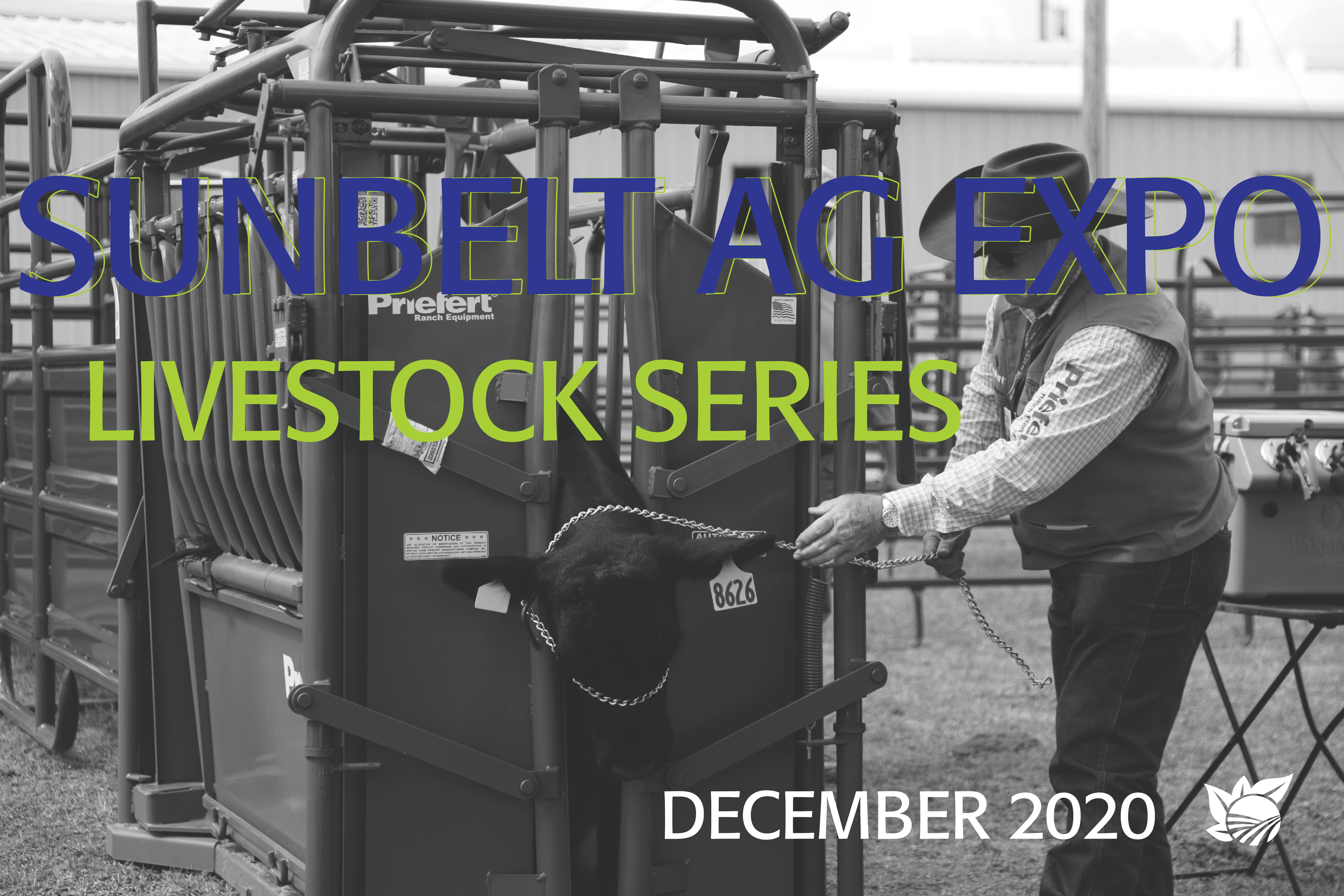When it comes to marketing livestock, producers are faced with many questions: what to produce, where to market the product, when to price, and more. Livestock producers often sell their livestock. They produce and raise what they have resources for, sell at market outlets to gain the most return on their investments, and sell at a time when the livestock are ready, and hopefully, prices are higher. The producer, in this case, is the price taker. Profitable marketing encompasses more than just getting the highest price. Having a marketing plan is vital to profitable marketing. It requires producing the type of livestock the market desires, then marketing the desired product at the best time through the best avenue.
 Planning requires information. An excellent way to become a better livestock marketer is to understand your species marketing system and how the prices are determined. Then you need to analyze all market alternatives. When you determine what to produce, be sure that you are selecting a desired breed by the market. For example, cattle with a high percentage of Brahman influence are typically discounted when selling through the sale barn. However, in this scenario, they may be more valuable as breeding stock to a producer who is seeking heat-tolerant genetics for their herd. When determining where to market, make sure to research the avenue you choose. There are a lot of different options including but not limited to sale barns, contracts, private treaty, or public auction. When considering when to price, consider not only the highest prices but also the cost of production. For example, although 600-pound calf prices spike in the spring, it could be more cost-effective to sell them later in the summer. It is crucial to see what the associated cost of production is and to research trends.
Planning requires information. An excellent way to become a better livestock marketer is to understand your species marketing system and how the prices are determined. Then you need to analyze all market alternatives. When you determine what to produce, be sure that you are selecting a desired breed by the market. For example, cattle with a high percentage of Brahman influence are typically discounted when selling through the sale barn. However, in this scenario, they may be more valuable as breeding stock to a producer who is seeking heat-tolerant genetics for their herd. When determining where to market, make sure to research the avenue you choose. There are a lot of different options including but not limited to sale barns, contracts, private treaty, or public auction. When considering when to price, consider not only the highest prices but also the cost of production. For example, although 600-pound calf prices spike in the spring, it could be more cost-effective to sell them later in the summer. It is crucial to see what the associated cost of production is and to research trends.
In addition to traditional marketing methods, consider utilizing social media marketing to market directly to your consumers. The global pandemic has taught the general public that we could not survive without food, fiber, and agriculture. This has sparked an interest in learning about where their food is produced and how it is produced. Keeping an open mind to non-traditional marketing and niche marketing your livestock in this way could prove profitable.
